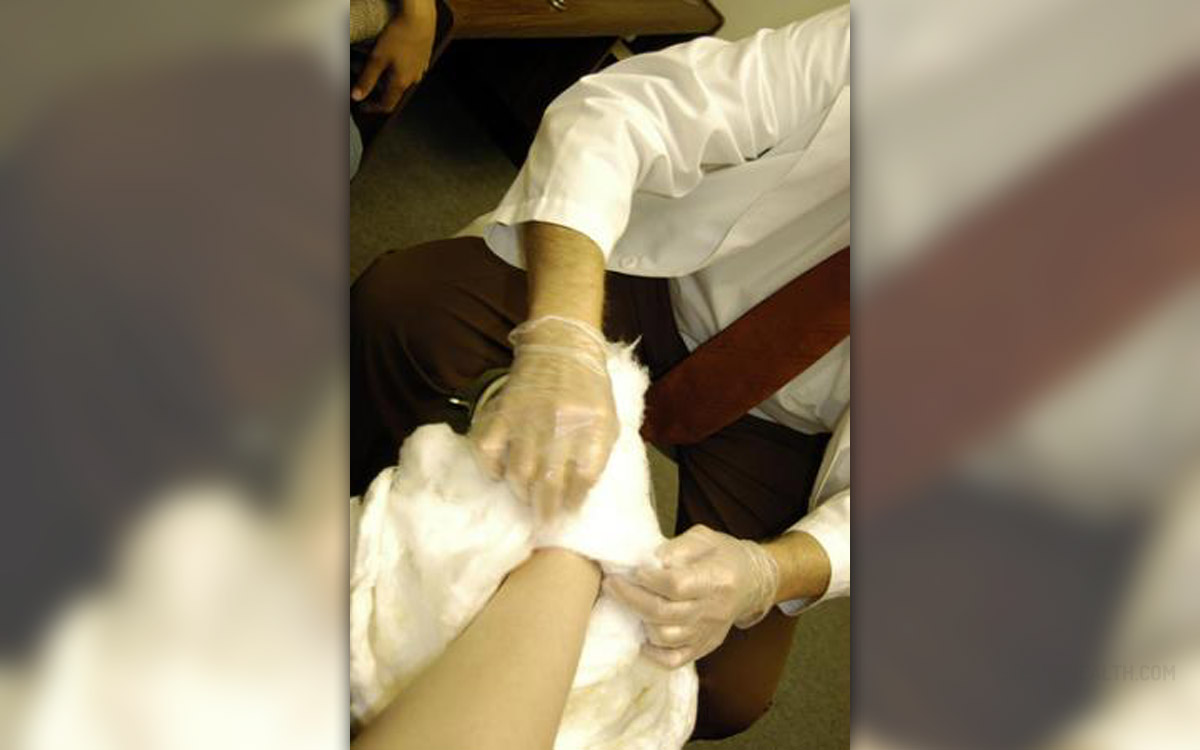
It is known that whenit comes to surgeries even those which are considered to be routine ones is apossibility for something to go wrong is something that an individual isunable to influence. This is also the case with a surgical procedure performedon a foot, which may seem like something which is surely to be deprived of anycomplications but nevertheless some danger does exist.
Side Effects
The first one thelist of unwanted side effects is intensive and unbearable pain, since this iswhat the patients are afraid of the most. However, one can put his mind atease, as far as this is concerned, because despite the fact that occurrence ofsome pain is quite common after the surgery has been performed that pain isseldom serious and severe, and it is mostly warded off when a patient inquestion takes certain pain killer medication. When the intensive pain doesoccur, it is rarely because of the stressful operation but most of all becausea bandage used to tighten the foot that had been tied too hard, stopping thenormal blood flow and, in some cases, resulting in the loss of a certain partof the foot. Another culprit is the patient’s disobedience, which is most oftenexpressed by their lack of responsibility when it comes to sticking to theconvalescence period till the end, i.e. getting back in action a couple of daysafter the operation had been successfully performed. What is essential for theappropriate recovery especially in people who had suffered more serious footinjuries is to stick to the doctor’s post operative instructions and do lightmotion-exercises on a regular basis. Also, what people should be awareof is that those who smoke are more prone to experiencing greater pain thanthose who do not have this nasty habit.
The second on the listwe find occurrence of undesirable infections. Despite the fact that operationsare always done in a 100% sterile manner, such a high level of sterilizationcan never be achieved when patient’s skin is in question. What this means isthat there is a chance that this skin holds certain bacteria, which tend tocome in touch with the still fresh wound and infect it immediately after thesurgery. Though it may sound a valid cause for concern, this actually happensrather rare and when put into numbers it amounts to 1-3%. In the case theyactually develop, one of the ways to treat them is by means of oralantibiotics, since in most cases these do prove to be quite effective but incase they do not, the follow up is also done by antibiotics – the ones taken inintravenously. They are stronger and can be given in greater amounts to apatient, which further increases their effectiveness. Other possible sideeffects include swelling (i.e. edema or excessive swelling), sensory changes(when a nerve is accidentally cut, causing trauma and changes in sensations),scarring (which causes pigment related changes in the area surrounding the scar)and hindered and long-term healing.


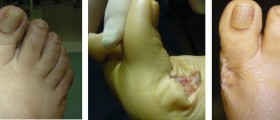
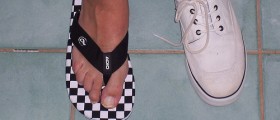




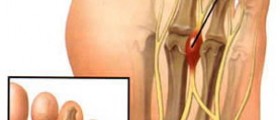
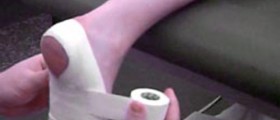
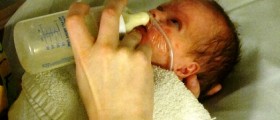



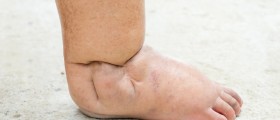


Your thoughts on this
Loading...